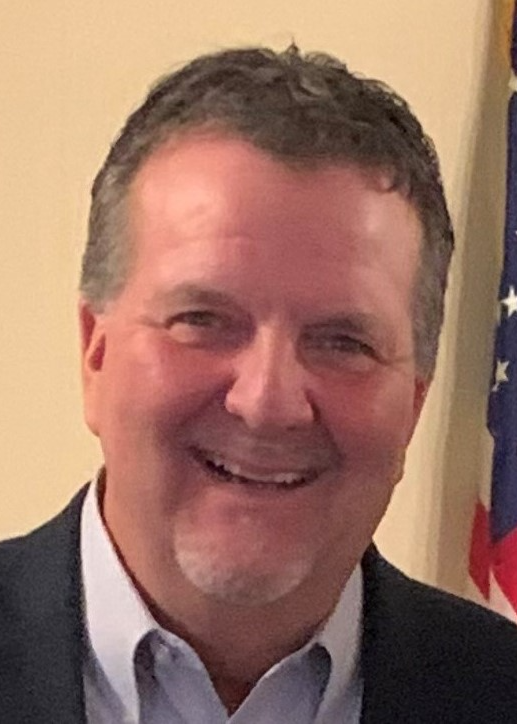What your patients aren’t telling you about their medical bills
In financial services, we spend a lot of time talking with patients. On the surface, they’re calling to ask about a payment plan or clarify a bill – but often the conversation goes deeper. It’s amazing what people sometimes need to share. A parent confides they’ve postponed a follow-up appointment because they’re behind on rent. A retiree asks for more time, not because they’re unwilling to pay, but because their fixed income just doesn’t stretch far enough this month.
These stories aren’t uncommon. They’re real and personal, and they highlight a truth that isn’t always visible in the day-to-day rev cycle operations: patients often don’t tell their providers everything they’re really going through.
For community and rural hospitals already working with fewer resources and tighter margins, understanding these hidden truths is essential. When patients disengage – quietly skipping visits, ignoring bills, or delaying care – the hospital feels the impact too.
Here’s a look at some of the barriers patients face but may not express — and what community hospitals can do to help remove them.
1. Delayed care isn’t just about scheduling — it’s about fear and affordability
Patients often put off care because of cost, even when their condition worsens. They may not say that directly, but it’s often the reason behind “I’m feeling better now” or “I’ll reschedule soon.”
In rural communities, this challenge is even more pronounced. High-deductible health plans, limited access to specialists, and the stigma of asking for financial help all contribute to a cycle of delay and sometimes avoidance.
What you can do:
Make financial conversations part of the clinical experience. Normalize them. Let patients know it’s okay to talk about money — and more importantly that there are compassionate, clear options available.
2. Patients don’t always understand what they owe – or what their options are
Medical billing is confusing. Even educated patients often struggle to understand what portion of the bill is their responsibility, what’s covered, or what help is available. Many patients assume payment plans are rigid or punitive – something “collections-related.”
This confusion leads to inaction, and inaction often leads to accounts aging unnecessarily.
What you can do:
Simplify communication. Provide early, visible information about flexible payment options. Let patients choose a plan that works for their real-world budget.
Here is what a typical message looks like on a billing statement: “Your balance is now due. Please remit payment immediately to avoid further action.”
Now consider a patient seeing this empathetic and humanized message on their next statement: “We understand health care costs can be stressful. We’re here to help with flexible, interest-free payment options. Let’s find one that works for you.”
3. Shame is a powerful barrier
Many patients feel embarrassed or ashamed about not being able to pay. They may ignore bills, avoid phone calls, or skip appointments not because they don’t care but because it’s emotionally hard to confront what might be an already difficult situation.
In close-knit rural communities where patients may personally know the front desk staff or nurses, this shame can be magnified.
What you can do:
Create space for dignity. Partner with vendors who treat every patient with empathy and respect. Offer self-service options that allow patients to take control privately. And remember that tone matters – in your letters, your scripts, and your payment portals.
4. A one-size-fits-all approach doesn’t work — flexibility builds trust
Every patient’s financial situation is different. Some can pay in full next month. Some need six months. Some need two years. The more flexible your approach, the more likely you are to engage the patient and collect successfully.
When hospitals only offer rigid or short-term payment options, they’re often unintentionally forcing patients to disengage.
What you can do:
Make flexibility part of your strategy. Allow patients to choose from multiple payment plans — some even interest-free for extended periods. That freedom builds trust and keeps patients in the conversation.
5. The patient experience includes the financial experience
From check-in to discharge, most hospitals focus on creating a seamless, compassionate clinical experience. But when billing and payment feel disconnected, impersonal, or stressful, it can quickly undermine that goodwill.
Patients may never mention it, but the way they’re treated after their visit has a powerful effect on their perception of care — and their likelihood to return.
What you can do:
Think of billing as part of your patient satisfaction strategy. That’s not just a revenue move — it’s a brand and perception move. A hospital that’s easy to work with is one that patients talk about positively in the grocery store, at church, or on the school board.
Your patients may never tell you they’re worried about the bill. They may never ask for help or admit they skipped a visit because of cost. But they’re telling us, and we’re listening.
When you meet patients where they are — with clarity, empathy, and options — everyone wins.
NRHA adapted the above piece from HELP Financial, a trusted NRHA partner, for publication within the Association’s Rural Health Voices blog.
 | About the author: Mitch Ulrich is an experienced executive vice president with a demonstrated history of working in the hospital & health care industry. Mitch is skilled in health care, revenue cycle solutions, hospital revenue cycle, and strategic product development. He is a strong business development professional with a B.A. in business and finance and a B.A. in microbiology from Albion College. |
